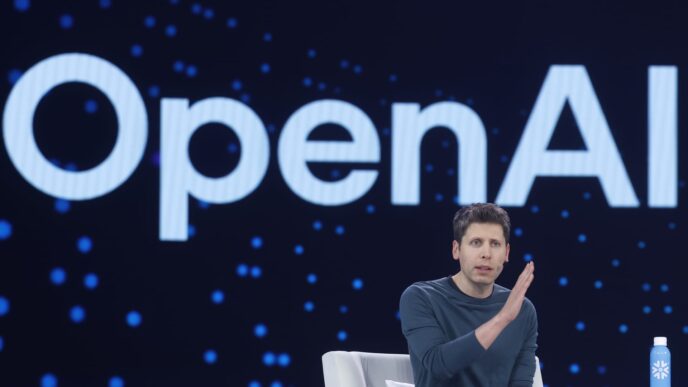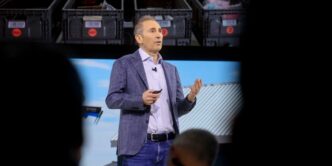Australia’s productivity is hitting a 60-year low. Politicians and CEOs are betting on artificial intelligence to fix it. Prime Minister Anthony Albanese, Treasurer Jim Chalmers, and the Productivity Commission claim AI and automation could add A$600 billion to the economy annually.
But AI is no miracle cure. It requires effort, planning, and people who know how to implement it right. When done well, AI shines. Unilever says generative AI cuts its lawyers’ contract review time by 30 minutes daily. A German study showed AI-assisted mammograms speed up normal case screenings by 43% and improve cancer detection.
Still, AI projects flunk more often than not. About 80% fail—twice the failure rate of regular IT projects. Only 25% of executives see meaningful returns on AI investments.
Trust is a major barrier in Australia. Public confidence in AI is low. Workers use AI less and lack training or confidence with it. Without trust, adoption stalls.
Worker involvement is key. Companies that engage employees when rolling out AI get better results. Skipping this step leads to backlash.
Klarna jumped on generative AI first, cutting jobs by 700. Its CEO now admits the AI shift hurt customer service and they had to rehire humans. Duolingo also faced pushback after replacing 10% of contractors with AI.
“Some 55% of UK executives who replaced workers with AI later regretted it,” reported a recent study.
Wall Street economists warn about “so-so automation” — when AI replaces workers but fails to boost productivity. The fix? Deep staff involvement. Companies that engage workers in tech changes are nine times more likely to succeed.
Recent Australian studies back this. Workers say AI is often forced on them without consultation or training, which breeds resistance and lost opportunity. Industry Minister Tim Ayres stresses the need to “work cooperatively with workers and their unions” on tech.
AI can help fix Australia’s slump. But only if workers are part of the plan.
Summit Art Creations/Shutterstock














